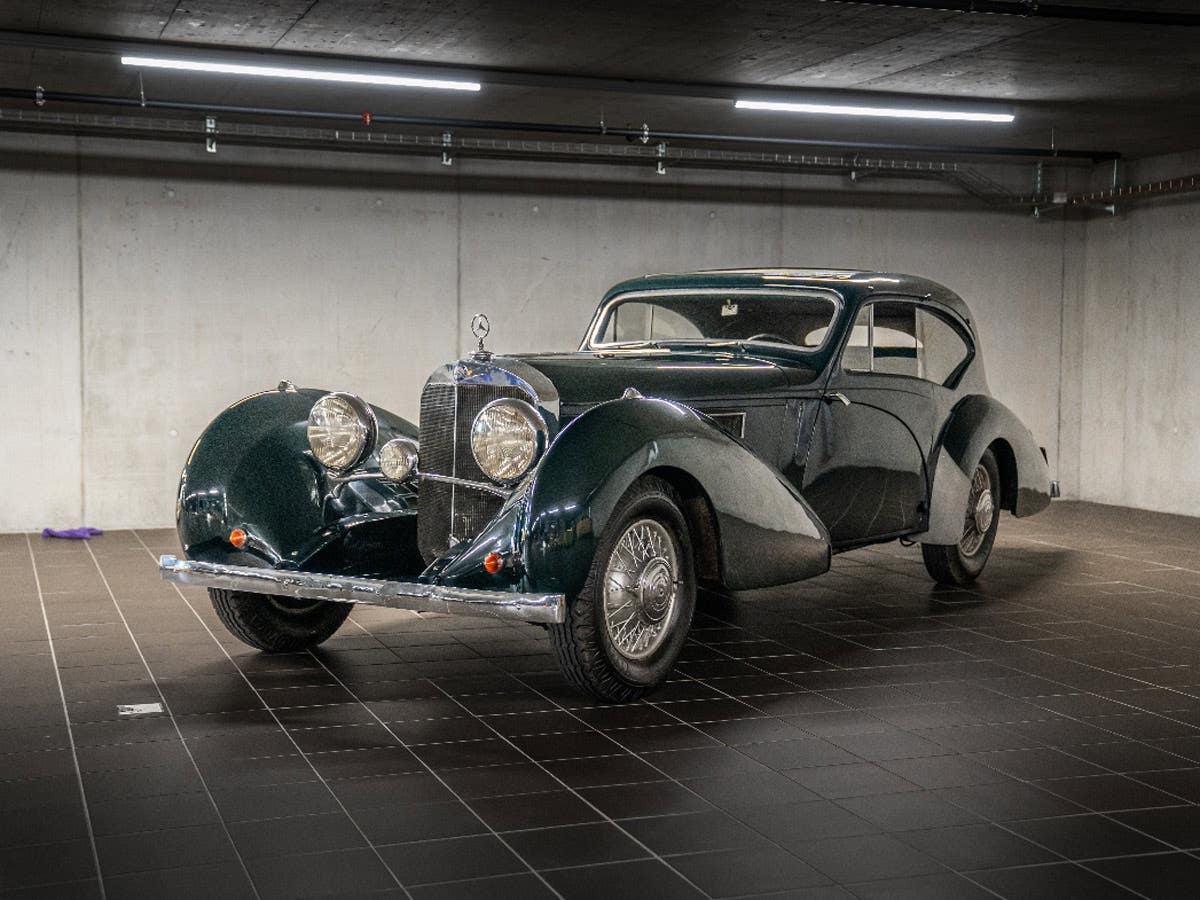Q & A with Kit Foster: January 4, 2016
Q. As an additional comment on the toll highway plates noted in “Q&A,” Sept. 17, when the New York Thruway opened in 1956 you could buy a plate for unlimited…
Q.
As an additional comment on the toll highway plates noted in “Q&A,” Sept. 17, when the New York Thruway opened in 1956 you could buy a plate for unlimited use of the toll road for a calendar year in addition to the front license plate. It cost $20. The next year when I was frequently commuting between Rochester and Syracuse, N.Y. while in college, the price went up to $40. This priced it out of my pocket in 1956 dollars. Instead, I would pay the $1.20 per trip, as I remember it. Still loving to drive after these 60 years.
— Alan Lapides, Southern Calif.
A.
Thanks for sharing your recollections. Toll-collection technology has certainly evolved over the years.
Q.
I want to talk about the blackout cars that Mr. Hixson from Lexington, Ky., asked about. I am 81 years old and probably one of the few people still living that had one back then. I had a 1942 Plymouth club coupe blackout model. On the chrome cars, the trim on the side of the front fenders ran all the way back the length of the fender and had matching chrome trim on the back fenders. On the blackout models, the painted steel on the front fenders only went halfway the length of the fender, and the blackout fenders had no trim on them. Mine had the chrome bumpers. It was medium green and the metal trim and the grille was painted light green. I loved that car, but would have loved it better if it had been chrome. I love all the ’42 cars that had chrome.
— Frank Beach, Covington, Ky.
A.
Thank you. Few of us have seen blackout cars in their day, let alone owned one. I see one example of a blackout 1942 Plymouth in Don Butler’s Crestline book “The Plymouth and DeSoto Story.” As you say, the front fender trim ends at the top of the wheel cutout, and the back has no fender trim at all. According to the caption, light-colored trim was used on dark cars, and vice versa. There is one blackout DeSoto, which has the full complement of trim but has it painted in what looks like body color. It looks like the hubcaps are painted too.
Q.
In response to Gerald Ritchie’s question about changing the oil filter on his 1956 Plymouth Savoy (Aug. 6), wipe the oil off the side of the engine where the filter fits up to the block. Put heavy wheel bearing grease on the gasket, which will hold the gasket in place while you tighten down the canister. A short 5/8-inch closed-end wrench works the best.
— Rudy Zylstra, DeMotte, Ind.
A.
Thank you. Mr. Ritchie was looking for a spin-on conversion to make filter changes easier, but your method is a good regimen for the original cartridge-type filter.
Q.
I live in the Northeast, in Pennsylvania, with four seasons. What do you recommend when storing your vehicle for the winter months, a full tank of fuel, half tank or little or none? What about additives?
— Carl H. Ney, Jr., Ashland, Pa.
A.
This question has come up before, and for years the most common answer was to keep the tank full, so as to lessen the probability of condensation. My preference then, and still, has been for an empty (or near-empty) tank, to reduce the likelihood of bad gas, particularly if the vehicle sits for longer than you intended. Modern gasoline is much less stable, and after some bad experiences I now use stabilizer. Condensation has never been a problem for me in southern New England, but I’ve had more than my share of bad gas, particularly with small-engine power equipment. As mentioned in the Nov. 19 Q&A, ethanol-free gas seems to be becoming more widely available, albeit at a price. My local hardware store now sells ethanol-free two-stroke mix at $29.95 for a 110-ounce can. That’s slightly more than $32 per gallon!
Q.
Can anyone tell me if this item is from a car or a boat? It has red and green lights on either side, while the center lens is blue. It looks to have a single element bulb, bayonet type, single wire.
— Bill Diehm, via e-mail
A.
The red and green lenses suggest a marine application, but the blue center throws that into question. Any ideas, readers?
To submit questions to this column: E-mail oldcars@krause.com or mail to: Q&A, Old Cars Weekly, 700 E. State St., Iola, WI 54990-0001







